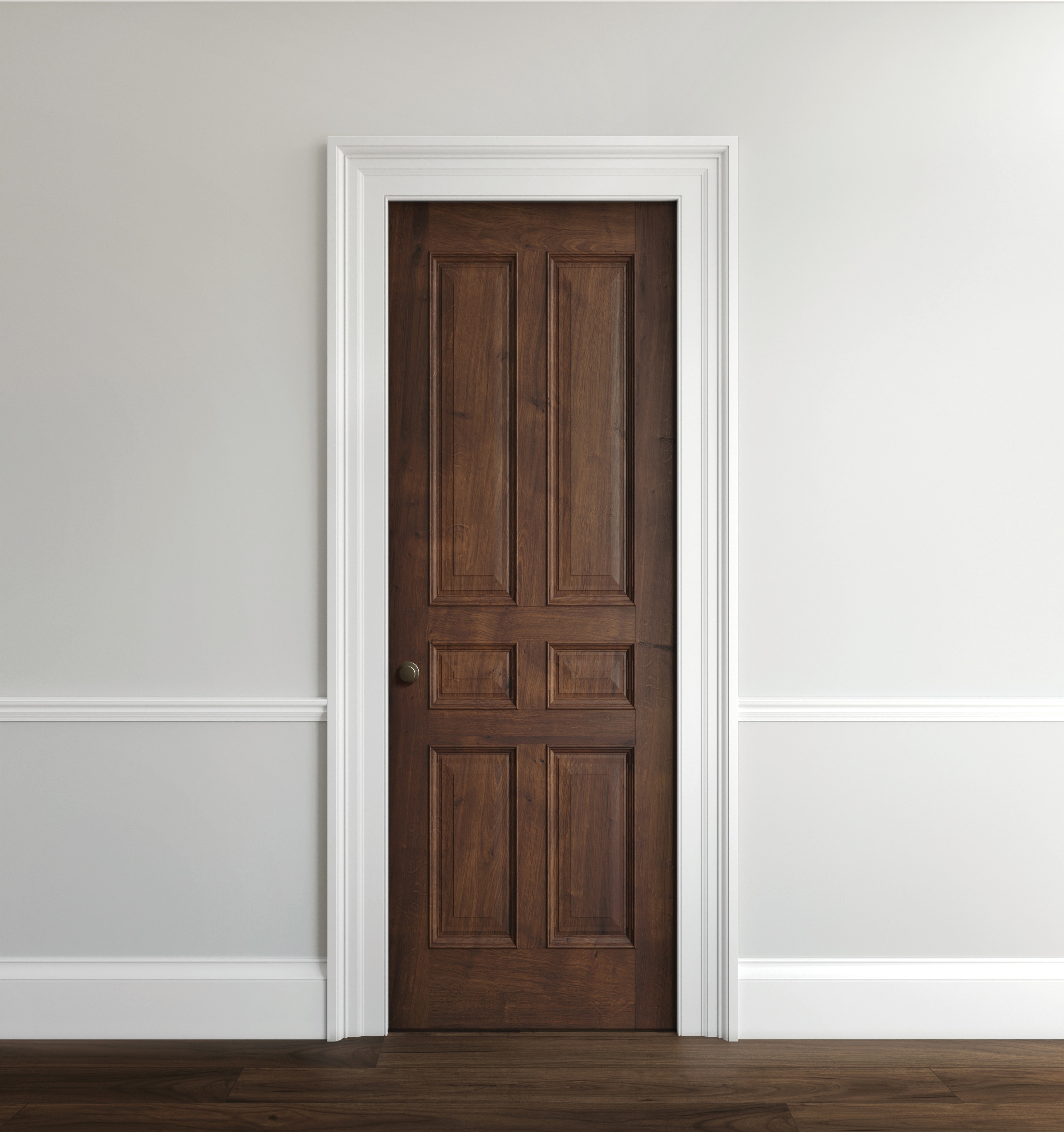Creating a door hinge template can significantly simplify the process of installing door hinges, ensuring precision and a professional finish. Whether you’re a seasoned DIY enthusiast or a beginner, understanding the right materials, tools, and techniques is essential for a successful project. This article provides a comprehensive guide to DIY door hinge templates, complete with examples and practical tips.
Understanding Door Hinges

Before diving into the creation of a hinge template, it’s crucial to understand the different types of door hinges. The most common types include:
- Butt Hinges: These are the most traditional and are typically used on doors.
- Continuous Hinges: Also known as piano hinges, they run the full length of the door.
- Ball Bearing Hinges: These are designed for heavier doors, providing smoother operation.
- Spring Hinges: These automatically close doors, often used in commercial applications.
Choosing the right type of hinge for your project is essential, as it will influence the design of your template.
Materials for Making a Door Hinge Template
Creating a door hinge template requires specific materials that ensure durability and precision. Here are some common materials used:
- Cardboard: An excellent choice for a temporary template, cardboard is easy to cut and shape.
- Plywood: For a more permanent solution, plywood is sturdy and can withstand repeated use.
- Plastic Sheets: These offer durability and are resistant to wear and tear, making them great for templates.
- Graph Paper: Useful for drawing out your template design accurately before cutting.
Each material has its strengths and weaknesses, so consider the intended use of your template before choosing.
Essential Tools for Creating a Door Hinge Template
To create an effective door hinge template, you will need several tools. The following list outlines essential tools you’ll require:
- Measuring Tape: For accurate measurements of the door and hinge placement.
- Ruler or Straight Edge: To draw straight lines on your template material.
- Utility Knife: Ideal for cutting cardboard or plastic sheets.
- Jigsaw: Best for cutting plywood, providing cleaner edges.
- Drill with Bits: For creating holes for hinge screws.
- Pencil or Marker: To mark measurements and cutting lines.
Having the right tools will streamline your template-making process and ensure accuracy.
Techniques for Creating a Door Hinge Template
Once you have your materials and tools ready, it’s time to create the door hinge template. Here’s a step-by-step guide:
Step 1: Measure the Door and Hinge
Start by measuring the height and width of the door, as well as the size of the hinge. Using your measuring tape:
- Determine the exact placement for the hinges, typically around 7 inches from the top and 11 inches from the bottom for a standard door.
- Mark these points clearly on the door.
Step 2: Create the Template Outline
Using graph paper or your chosen template material, draw the outline of the hinge:
- Sketch a rectangle that matches the dimensions of your hinge.
- Include additional markings for screw holes, typically found in the corners of the hinge.
Step 3: Cut Out the Template
Using your utility knife or jigsaw, carefully cut out the template along the marked lines:
- For cardboard, ensure clean cuts for accuracy.
- For plywood, use a jigsaw for a smooth edge and avoid splintering.
Step 4: Test the Template

Before using your template on the actual door, test it:
- Place the template on the door, aligning it with your hinge marks.
- Check that the hinge fits snugly within the cutout.
Step 5: Transfer the Template to the Door

Once satisfied with the fit, use the template to mark the door:
- Hold the template in place and trace around it with a pencil.
- Mark the screw hole locations as well.
Step 6: Cut the Hinge Recess

Using a chisel and hammer or router, carefully cut out the recess for the hinge:
- Make sure to cut to the depth of the hinge for a flush fit.
- Clean up any rough edges with sandpaper for a refined finish.
Case Studies: Successful DIY Door Hinge Installations
To illustrate the effectiveness of using a DIY hinge template, consider the following case studies:
- Home Renovation Project: A homeowner used a cardboard template to replace outdated hinges on several doors in their home. The precise measurements ensured a quick installation, saving them time and reducing the risk of errors.
- Commercial Installation: A contractor used a plywood template to install continuous hinges in a commercial space. The durability of the template allowed for multiple uses, streamlining the installation process across several doors.
Statistics on DIY Home Improvement Trends

According to the 2021 Home Improvement Research Institute, DIY home improvement projects have surged, with 64% of homeowners reporting they took on at least one project during the pandemic. Specifically, door installations and upgrades were among the top projects, indicating a growing interest in home customization.
Creating a DIY door hinge template can greatly enhance the efficiency and accuracy of hinge installations. By understanding the different types of hinges, selecting appropriate materials and tools, and following a systematic approach to template creation, DIY enthusiasts can achieve professional results. Remember to test your template before transferring it to the door and consider the case studies of others who have successfully navigated similar projects.
With the right preparation and techniques, you can not only improve the functionality of your doors but also add aesthetic value to your home. Start your DIY journey today and transform your door installations with a custom hinge template!